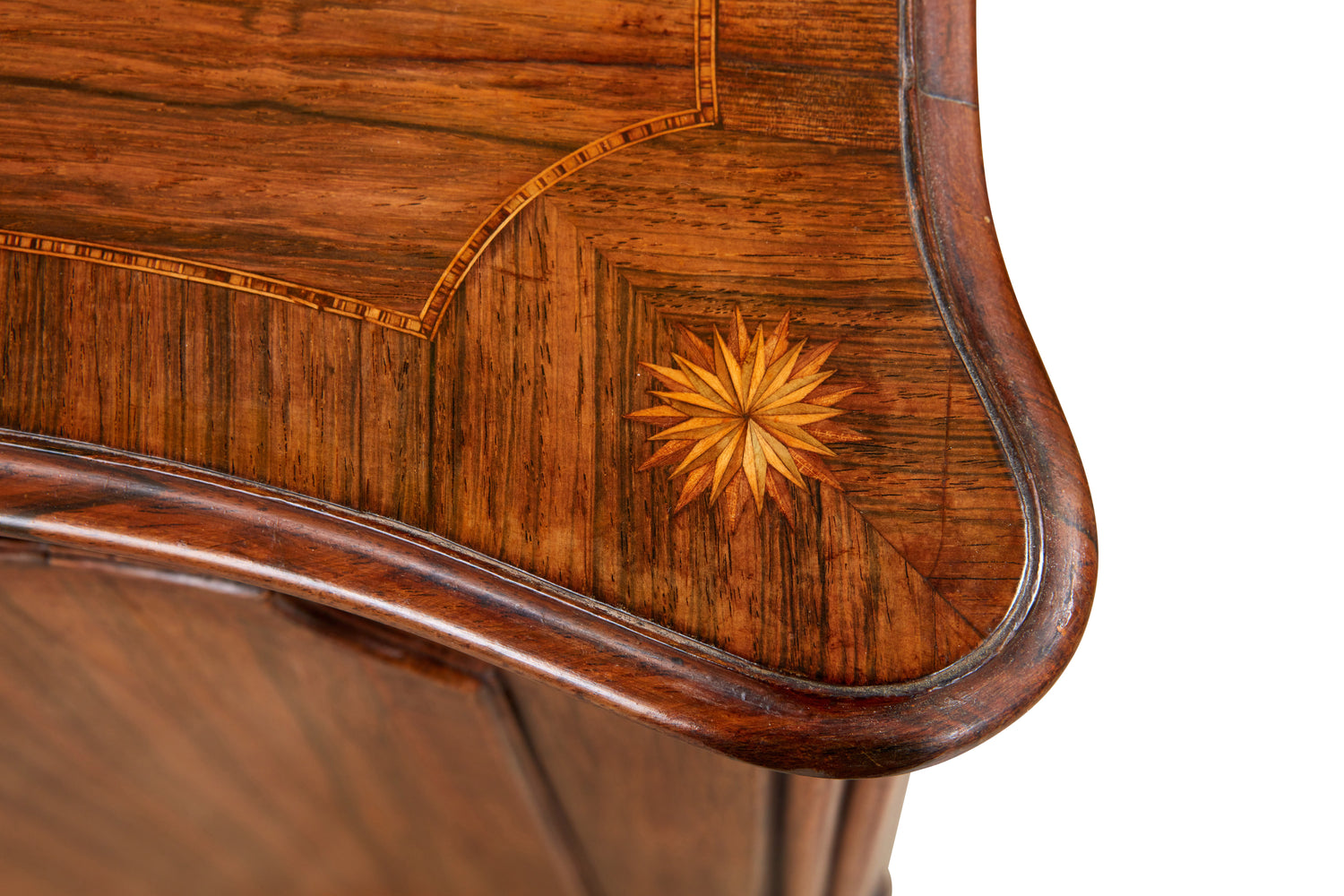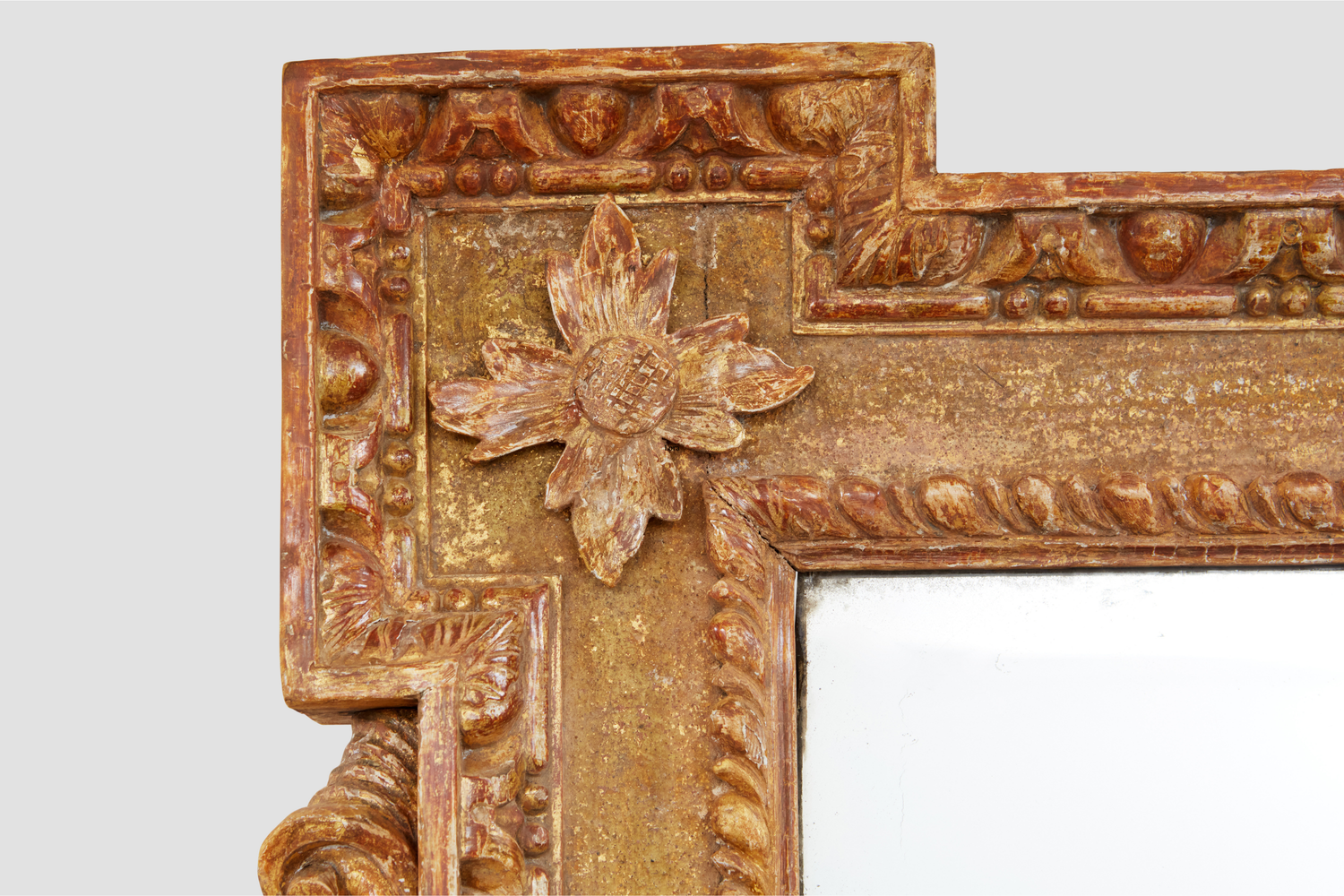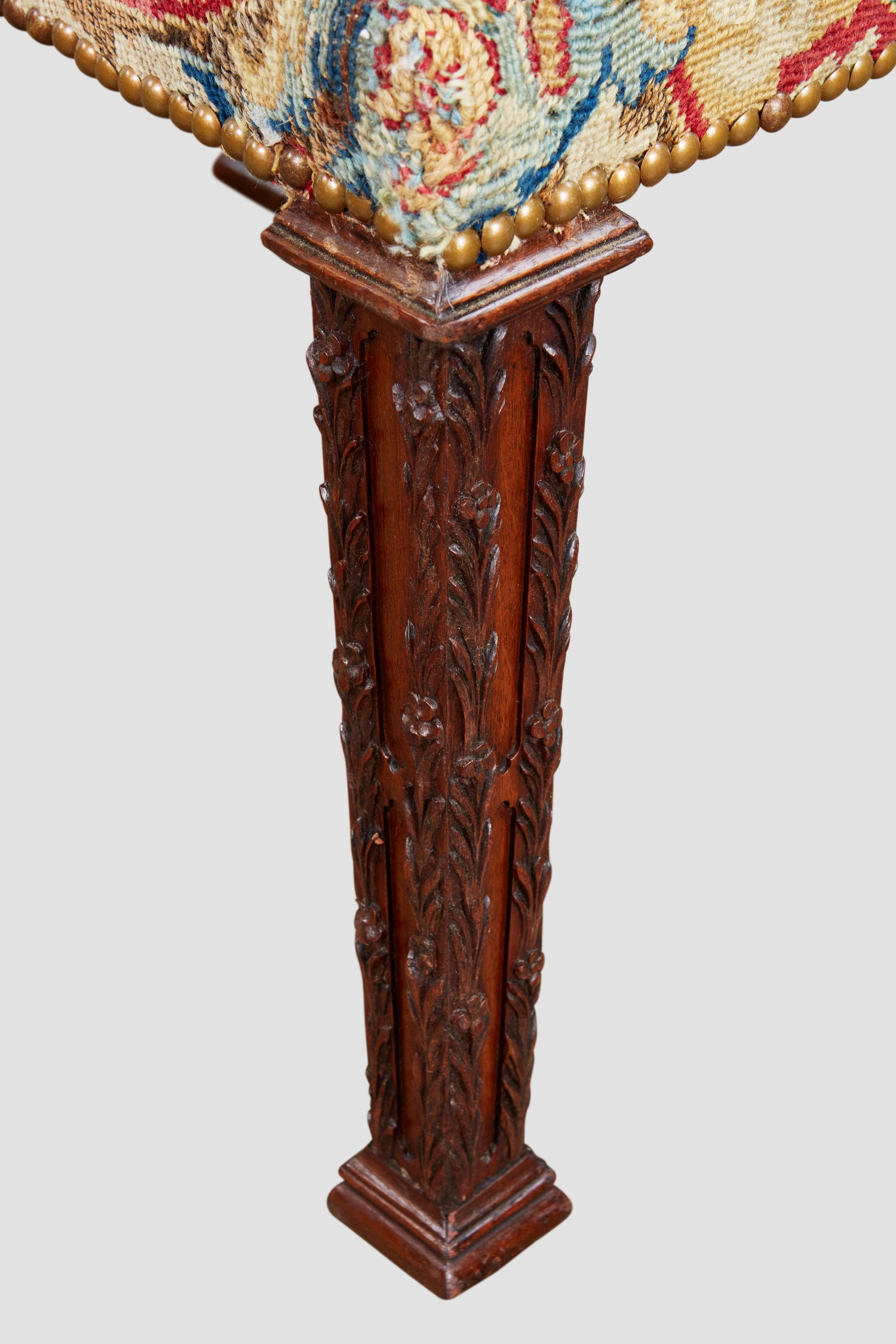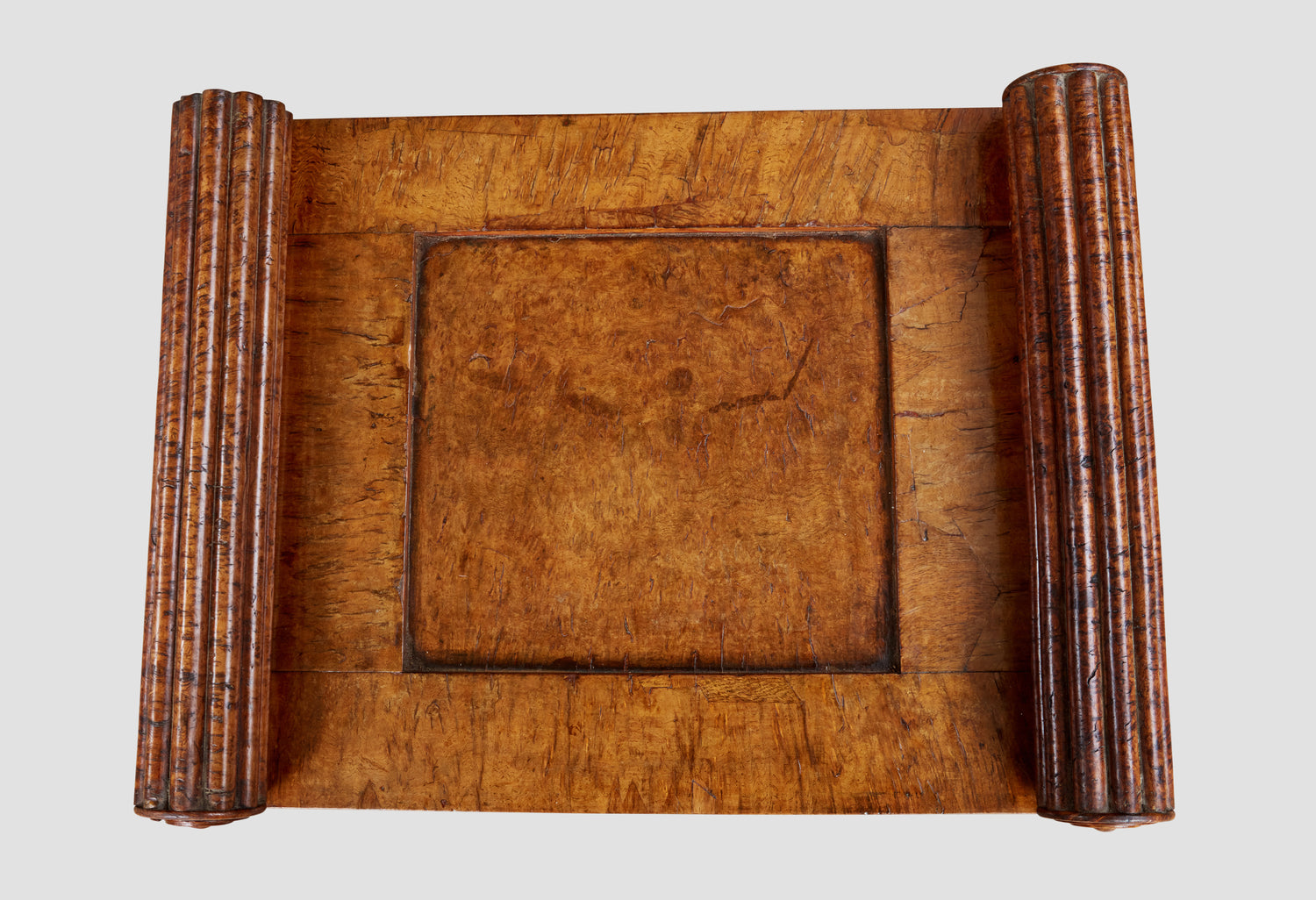British furniture made between 1670 and 1840 is among the most interesting furniture ever made. Virtually every piece of furniture reflects some aspect of the history of Britain, from the timber used in construction, the quality of the craftsmanship, the design and the execution of the design and the intended purpose of the piece of furniture. And if you’re lucky, there’s an ironclad provenance to the maker and first owner that adds even more to the mix. In short, the social history of Britain is writ large in its furniture.

I have been involved with antique furniture for over fifty years. My knowledge and understanding of British furniture continues to expand with every biography and history that I read (see my Blog) as seemingly insignificant events led to the creation of pieces that are obvious masterpieces. The fluidity of capital in 18th century Britain created fortunes that could be lost overnight or frittered away over years. The detritus of that capital are the houses built and the interiors left behind. It is a story that continues to captivate.


That captivation coalesces in the excitement I get when I look at a piece of furniture that has been well cared for that is three hundred years old. It is hard to express how interesting it is to me, not simply by the relevance of the object, but by the intrinsic beauty that comes from care. If it is a wooden object, it is the color and patina of timbers, timbers that are rarely seen in today’s furniture. If it’s a painted or gilded object, there is an element to age that only time can provide. At the core, however, is the pride of craftsmanship that is intrinsic to great pieces of British furniture.


I encourage you to look through my site to get a brief look at what I see in British antique furniture. It isn’t passive, it is active— it wants to be looked at.
We can provide restoration services and recommend shippers.

